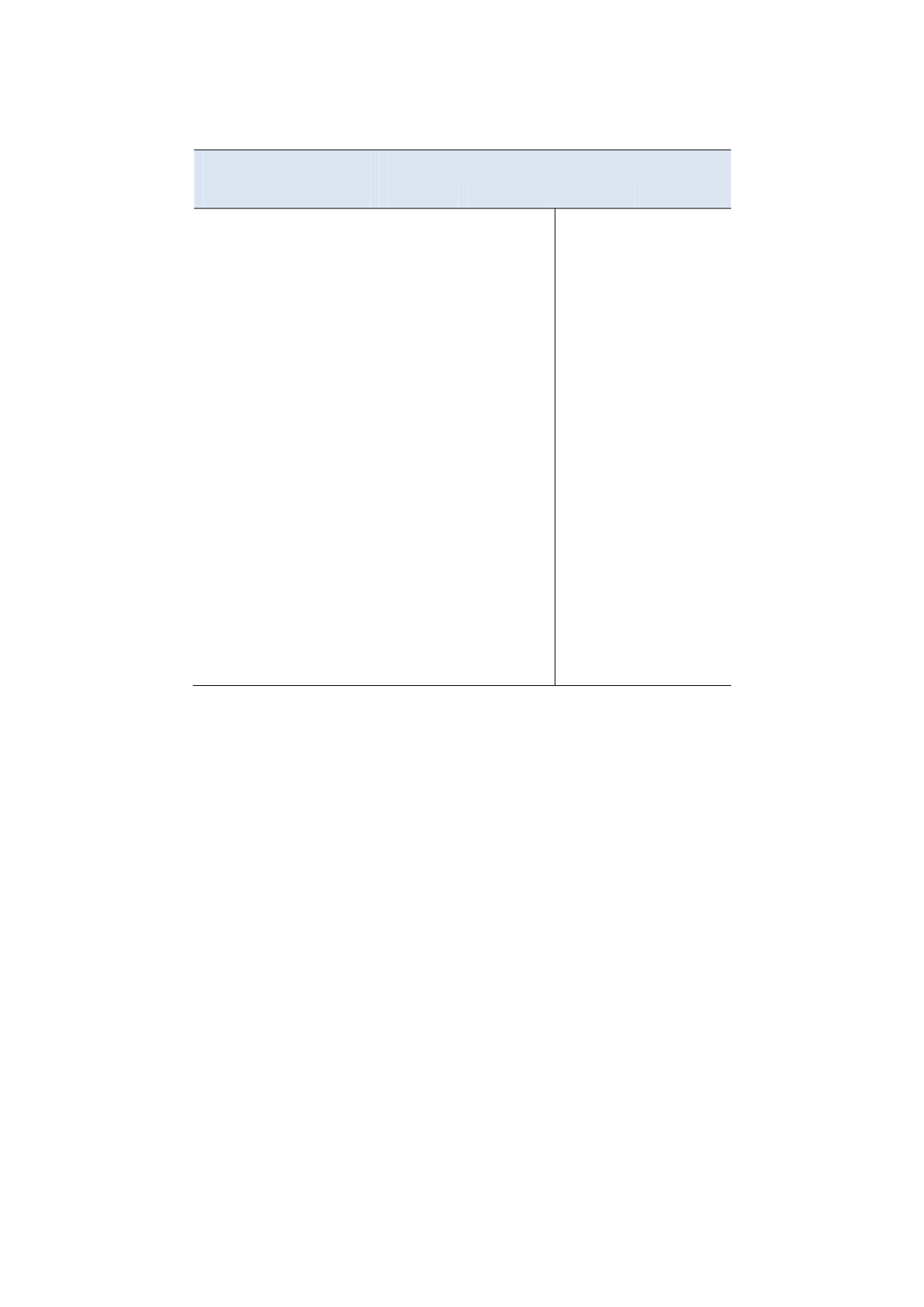
19(30)
Table 5.
Transmission of sickness absence days depending on the
parent’s sickness absence level
From mother
From father
Daughter
Son
Daughter
Son
Average number of days
absent due to sickness
among children with a
mother or a father without
sickness absence
1
13.74***
7.337***
12.02***
7.514***
(0.316)
(0.242)
(0.327)
(0.250)
(1)
(2)
(3)
(4)
Dependent variable: the child’s average
sickness absence days
0–365
Parent is in
p. 0–20, among parents
with sickness absence
2)
5.580***
2.937***
5.280***
3.112***
(0.572)
(0.440)
(0.611)
(0.472)
Parent is in
p. 20–40, among parents
with sickness absence
6.320***
3.144***
7.587***
3.661***
(0.562)
(0.431)
(0.619)
(0.471)
Parent is in
p. 40–60, among parents
with sickness absence
8.941***
5.082***
9.893***
4.926***
(0.568)
(0.435)
(0.608)
(0.470)
Parent is in
p. 60–80, among parents
with sickness absence
17.19***
7.737***
14.53***
8.481***
(0.568)
(0.437)
(0.618)
(0.470)
Parent is in
p. 80–100, among parents
with sickness absence
27.74***
15.82***
21.86***
16.28***
(0.570)
(0.437)
(0.628)
(0.480)
Observations
224,385
238,599
224,385
238,599
R-squared
0.017
0.008
0.011
0.007
Note: 1) This estimate is the reference value in a model only controlling for whether
the parent has sickness absence or not and, thus, no age controls. 2) This variable
is an interaction between a dummy variable taking the value 1 if the parent has
sickness absence and a dummy variable taking the value 1 if the parent is in the x
percentile among parents with sickness absence. The reference group is parents
without any sickness absence. We start counting the number of days absent due to
sickness from the fourth week within a sickness absence spell. Standard errors are in
parentheses. Statistical significance: *** p<0.01. We start counting the number of
days absent with sickness benefits from the fourth week and with disability pension
from the first day within a sickness absence spell. In all the models, we control for
both the child’s and the parent’s age and age squared. Standard errors are in
parentheses. Statistical significance: *** p<0.01.


